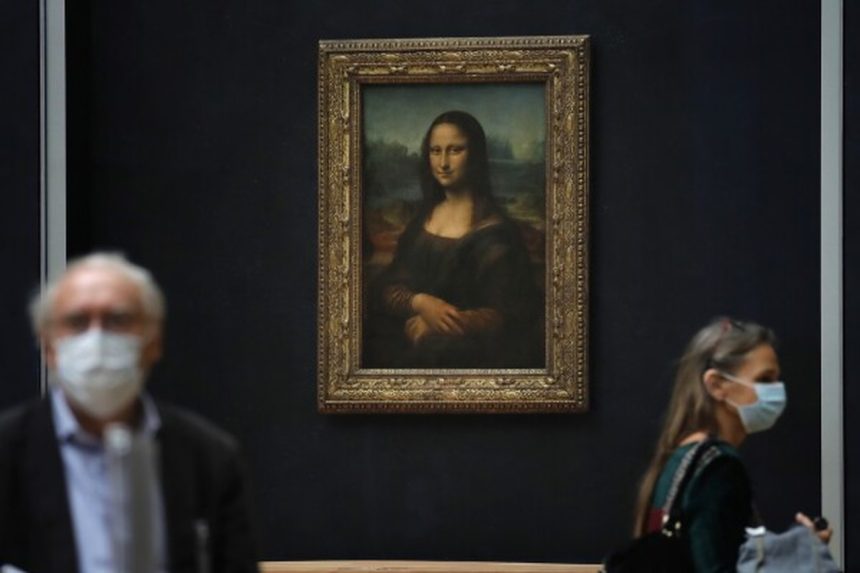A study by the French National Center for Scientific Research (CNRS) has detected a rare and unstable mineral called plumbonacrite in two works by Leonardo Da Vinci, the Mona Lisa and the Last Supper.
The rare compound was detected by a group of French scientists using X-ray diffraction and infrared spectroscopy.
The discovery provides a new perspective on how the work from the early 1500s (Mona Lisa) was painted, according to the study recently published in the Journal of the American Chemical Society, writes CNN.
Along with white lead pigment and oil, the compound - known as plumbonacrite - was found in the paint's base layer. A study published in 2019 had identified the mineral in several works by Rembrandt from the 17th century, but researchers had not found it in works from the Italian Renaissance until this new analysis.
The Mona Lisa, like many other 16th century paintings, was created on a wooden panel that required a thick base coat. Researchers believe that Leonardo mixed lead oxide powder with linseed oil to produce the thick layer of paint needed for the primer, unknowingly creating the rare compound.
Estadão writes that the compound was also used by other painters such as Rembrandt and Van Gogh.
The presence of plumbonacrite was also found in fragments of the Last Supper by Leonardo, confirming the artist's desire to innovate by preparing thick, opaque backgrounds treated with large quantities of lead oxide.


Leave a Reply